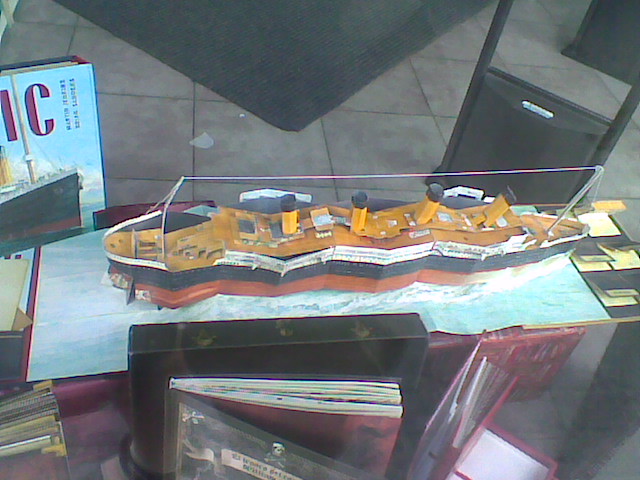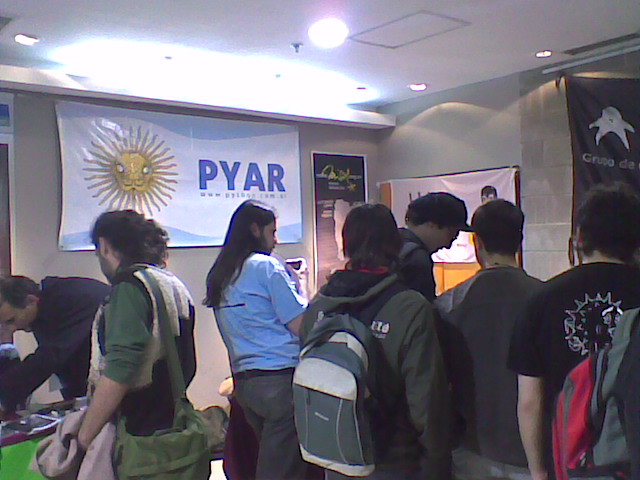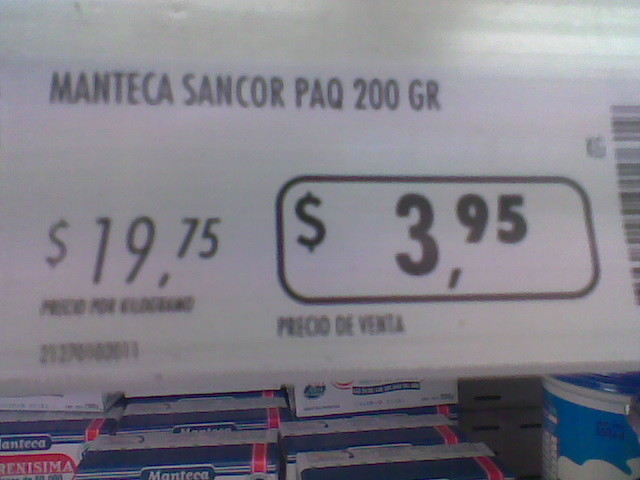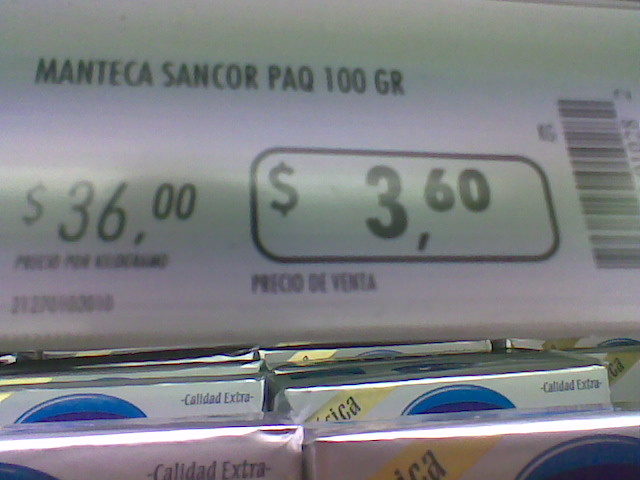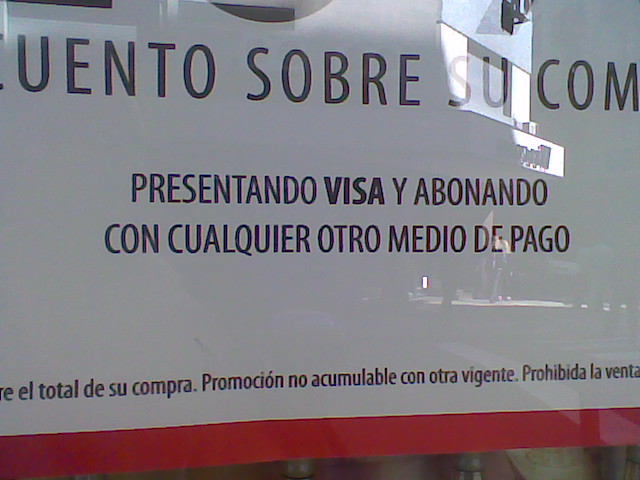Cosas que aprendí publicando una revista
¿Entonces, que aprendí? ¡Varias cosas!
Lo único que se necesita para publicar es tiempo y contenido.
El tiempo se puede convertir en contenido, pero si escribís todo solo es un blog, no una revista. Por suerte PET atrajo buenos colaboradores.
Si querés diseño utilitario, rst2pdf funciona.
-
En algunos sentidos funciona mejor que otras herramientas.
Puedo sacar una versión corregida de los PDFs en 5 minutos para todos los diseños. ¿Cuánto me llevaria usando Scribus u otros DTP? En una revista donde las cosas deben ser correctas eso es importante.
Las tablas de contenido (TOC) son mejores que la mayoría de las revistas en PDF amateur. La que está en el texto es clickeable, y la del PDF es perfecta.
Los números de página en la TOC del PDF están bien (no, la tapa no es la página 1)
Estoy produciendo 6 versiones en PDF: A4 (BN, color), A5(BN, color) y librito(BN, color) y podría agregar otra en minutos.
¡Aprendí que es PDF Imposition!
Vamos a explicar esa:
Suponete que queres imprimir un librito, y tenés 32 páginas de contenido. ¿Como lo hacés?
La forma más fácil es imprimirlo a dos paginas por carilla en papel A4, así podés apilar las hojas, doblarlas por la mitad, abrocharlas, y te da un lindo librito A5.
El problema es que el orden de las páginas es difícil. Por ejemplo, para un librito de 4 páginas, hay que imprimir una hoja A4 con las páginas 4-1 de un lado y las 2-3 del otro.
Para 8 páginas, es 8-1,2-7,3-6,4-5.
Por suerte hay una forma de hacerlo automáticamente:
1. Instalá podofo 3. Conseguite booklet-A4.plan (ver abajo) 2. Corré esto:
podofoimpose mis-paginas-A5.pdf mi-librito.pdf booklet-A4.plan lua
booklet-A4.plan es esto:
---Generic Booklet (A4) --- ---It is said generic as it will try to determine ---automatically how to fit the booklet onto A4 ---paper sheets, scaling pages if necessary. ---it is well suited for office documents for ---which you do not care too much about resulting ---imposition artefacts since it manages to save ---paper! --- -- print("Booklet") -- We output an A4 booklet PageWidth = 595.27559 PageHeight = 841.88976 print("PageCount",PageCount) -- We assume that H > W -- Argh, we now can do better since we have "if" ;-) -- Scale = PageHeight / (2*SourceWidth) if(SourceWidth <= SourceHeight) then -- If you A5 pages are not really A5, uncomment the next line -- Scale = PageHeight / (2*SourceWidth) Scale = 1 rot = 90 xof = SourceHeight yofRA = 0 yofRB = SourceWidth yofVA = 0 yofVB = SourceWidth else -- If you A5 pages are not really A5, uncomment the next line -- Scale = PageHeight / (2*SourceHeight) Scale = 1 rot = 0 xof = 0; yofRA = 0 yofRB = SourceHeight yofVA = SourceHeight yofVB = 0 end do rest = PageCount % 4 totp = PageCount if rest ~= 0 then totp = totp + ( 4 - rest) end inc = 0 count = 0 imax = totp/4 while count < imax do -- We assume that podofoimpose will discard invalid records -- such as those with source page greater than PageCount -- print(totp, inc, rot, xof,yofRA, yofRA, yofVA, yofVB) -- Recto PushRecord(totp - inc , inc + 1 , rot, xof , yofRA) PushRecord(inc + 1 , inc + 1 , rot, xof , yofRB) -- Verso PushRecord(inc + 2 , inc + 2 , rot, xof , yofVA) PushRecord(totp-(inc + 1) , inc + 2 , rot, xof, yofVB) count = count + 1 inc = inc + 2 end end
El código está tomado de acá: http://www.oep-h.com/impose/
Y listo, tenés un PDF todo revuelto con las páginas en exactamente el orden correcto (y páginas en blanco agregadas en el lugar necesario).

